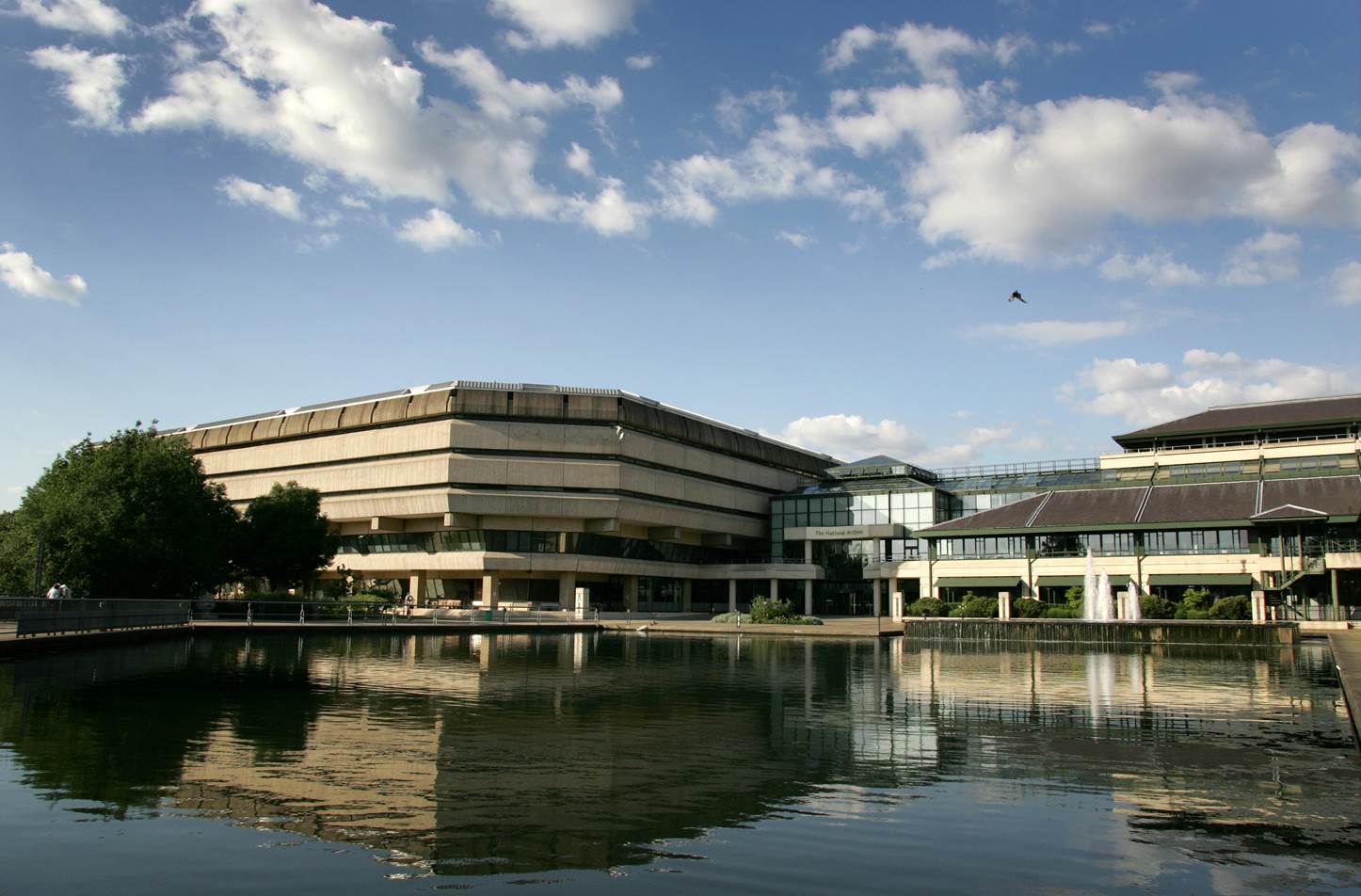Sooraj Shah looks at the benefits of AR and VR, and asks whether councils should be spending taxpayers’ money on the emerging technologies so soon.
Pokemon Go have dominated headlines this summer, but what can councils learn? Photo credit: Flickr, Noah Cloud
This summer saw the launch of the app craze of the year: Pokemon Go. Although its userbase has sunk by more than 12 million since July, when it had 45 million users, the game is still ruling the roost.
What made Pokemon Go special was the way it combined an emerging technology – augmented reality – with a well-known brand.
And, while other game developers are no doubt keen to tap into these ideas, the game’s popularity has also left different industries wondering how they could reap the rewards of both augmented and virtual reality (AR and VR).
Local authorities are one of those groups. “We can see many potential uses for VR and AR, from education and training to improving visitor experiences,” says Claudette Jones, the City of Edinburgh Council’s chief information officer.
For instance, VR could enhance the experience of visitors to Edinburgh Castle by taking them on a virtual tour of areas that are closed to the public or inaccessible to those in wheelchairs. Meanwhile, AR could act as a personal guide around the city, directing them to points of interest or tagging locations with information on opening hours, ticket prices or daily special offers.
Related content
Public sector workers predict the rise of robots
Are we entering a ‘cognitive era’?
Other commentators suggest that AR could help councils more directly. Luke Stewart, geo-practice manager at the Google Cloud Solutions Provider Ancoris, suggests that councils could use gamification to encourage residents to recycle, or to report flytipping or graffiti.
He also suggests that by using AR, councils could better advise utilities companies, broadband providers and others where exactly in the street they should dig up.
“If local government had all of the data on pipes mapped, then using augmented reality pipes could be superimposed onto maps on a worker’s device,” says Stewart.
Beware the band-wagon
Some councils are already putting these ideas into action.
Jones says that the City of Edinburgh Council is working with its technology partner CGI, a small local business Articise, Marketing Edinburgh, and Young Scot to create a range of content.
“We are starting by creating simple VR experiences, such as the sunset over Edinburgh from the top of Arthur’s Seat, but over time we hope to recreate historical scenes that will enhance our education in schools such as recreating the witch trials in Edinburgh,” she says.
Meanwhile, in July, Stoke-on-Trent City Council said it would spend around £170,000 on AR technology, with specific council applications still being developed. One of the first could involve wayfinding signs being installed around the city, so people can use their smartphones to access information about nearby attractions.
But Stephen Morgan, co-founder of digital transformation business Squiz, says that councils should be wary of jumping on the Pokemon Go bandwagon.
“Although they are not new technologies, implementing AR and VR is still an expensive investment to make and maintain, and if citizens aren’t calling for such technologies they will soon become redundant,” he says.
“It is vital that councils do not fall victim to investing in a platform that won’t actually service their customers’ needs, integrate with the whole, and result in an expensive overhead or disjointed customer experiences.”
Jones acknowledges that it is a challenge to create captivating, desirable content at an affordable price.
“We have come to realise that content creators have to dramatically revise the way they approach the creation of content,” she says, emphasising that a film crew can no longer turn up with big lighting rigs that can sit out of shot because everything is accessible by a VR user. “In effect it’s unwinding the 2D content creation techniques that have been perfected over the last 100 years.”
And Jones says that, while the VR world is “still learning the basics” – such as how long a VR experience should be or how to direct the user – AR is even further away from full exploitation.
“One of the significant challenges for AR is how to get the tracking right to ensure that the augmentation of the real world blends in realistically,” she explains. “The holy grail here is marker-less tracking, allowing augmentation without the use of tracking markers placed in the physical world.
“It’s a big computational and technical challenge and nobody has come to market yet with a reliable solution that works consistently in complex real world environments. When they do it’ll be a genuine game changer.”
Money well spent?
But, although Jones says she believes there will be some great examples of councils using AR technologies in the next six to twelve months, others think local authorities would be better off using their money on improving existing technologies.
Morgan says that few councils are even using mobile to their full advantage yet.
Meanwhile, Josh Hewer, a senior policy analyst at Kable, notes that existing GPS technology could easily be used instead of AR.
Hewer adds that – despite the technological hurdles – the biggest challenge will be getting citizens to use the technology.
“Pokemon Go is a good example of this – its developer Niantic made another game called Ingress with the same functionality as Pokemon Go, but it wasn’t anywhere near as popular,” he says. “So you need a way of attracting citizens – Pokemon was an attractive brand.”



